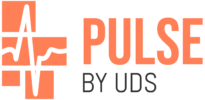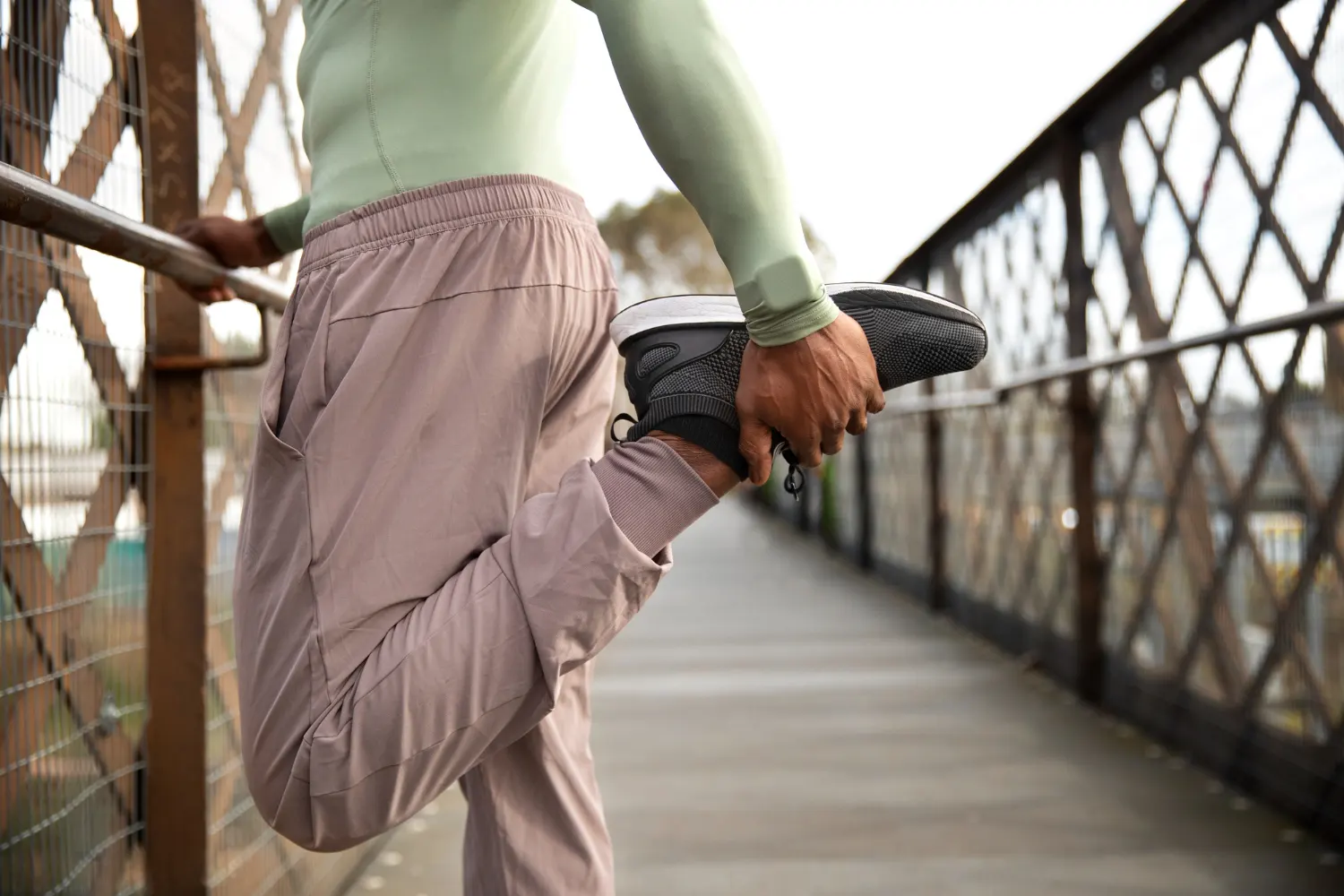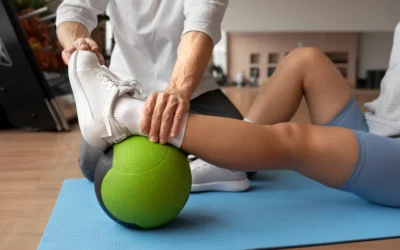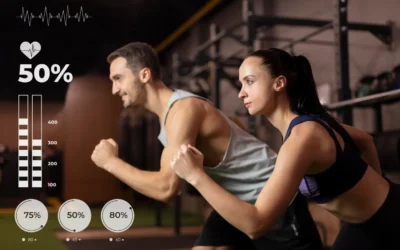Muscle recovery isn’t just a luxury—it’s a biological necessity for anyone engaged in regular physical activity. Whether you’re an elite athlete, weekend warrior, or someone just starting a fitness journey, how well your body recovers after exercise can dramatically influence your performance, progress, and injury risk. When muscles undergo the stress of exercise, especially resistance or high-intensity training, they experience microscopic damage. This triggers a cascade of physiological responses including inflammation, repair, and adaptation.
Failing to support these processes effectively can hinder muscle repair, delay progress, and even lead to overuse injuries. Fortunately, decades of research have led to the development and clinical validation of various recovery strategies. These techniques, grounded in sports science and physiology, don’t just make you feel better—they actively accelerate muscle repair and restore function.
In this article, we explore eight clinically-recommended recovery techniques that have been shown to improve outcomes by reducing inflammation, enhancing circulation, supporting tissue repair, and facilitating overall recovery.
In This Article
The Science Behind Muscle Recovery
Before diving into the techniques, it’s essential to understand what happens after a workout. During exercise, particularly eccentric movements like downhill running or lowering weights, muscle fibers experience microscopic tears. This initiates an inflammatory response and the activation of satellite cells (muscle stem cells), which help repair and rebuild muscle tissue.
Recovery isn’t just about passive rest—it’s an active biological process that involves:
- Clearing metabolic waste like lactic acid and creatine kinase
- Reducing inflammation
- Restoring glycogen stores
- Rebuilding muscle proteins
Recovery strategies aim to enhance these processes while minimizing discomfort like delayed onset muscle soreness (DOMS), typically experienced 24–72 hours post-exercise.
1. Massage Therapy
Massage therapy is more than just a feel-good experience—it’s a science-backed recovery tool. Clinical studies have shown that post-exercise massage can significantly reduce muscle soreness, improve range of motion, and accelerate the return to peak performance.
How It Works
Massage promotes blood circulation, which helps transport nutrients and oxygen to damaged tissues. It also aids in lymphatic drainage, reducing swelling and removing metabolic waste. Furthermore, it can lower cortisol (the stress hormone) and increase serotonin, creating a conducive environment for recovery.
Evidence in Action
A 2016 meta-analysis found that massage reduced DOMS intensity and improved muscle performance compared to passive recovery (Poppendieck et al., 2016).
| Benefit | Mechanism |
|---|---|
| Reduced soreness | Lower inflammation and muscle tension |
| Faster recovery | Increased circulation and nutrient delivery |
| Improved flexibility | Release of fascial restrictions |
Tip: Sports massage 2–6 hours post-workout can be particularly effective for accelerating recovery.
2. Compression Garments
Wearing compression gear post-exercise has become increasingly popular, and the science backs it up. These garments apply graded pressure to limbs, enhancing venous return and reducing muscle oscillation.
Why It Works
By compressing muscles, these garments improve blood flow and lymphatic drainage, facilitating the removal of waste products like creatine kinase. They also help minimize muscle swelling and perceived soreness.
Research Highlights
A 2016 systematic review noted that compression garments significantly improved recovery of strength and power while reducing muscle soreness (Marqués-Jiménez et al., 2016).
| Key Benefits of Compression Garments |
|---|
| Reduced muscle swelling |
| Enhanced clearance of metabolic byproducts |
| Improved recovery of muscle function |
Tip: Compression tights or sleeves should be worn for at least 12–24 hours post-exercise for optimal benefits.
3. Cold Water Immersion (CWI)
Submerging in cold water after intense workouts has long been a go-to method for athletes. The anti-inflammatory effects of CWI can mitigate muscle damage and reduce post-exercise pain.
The Science Behind It
Cold temperatures constrict blood vessels, reducing inflammation and muscle temperature. Once out of the water, vasodilation occurs, flushing out waste products and drawing in nutrient-rich blood.
Clinical Backing
According to Bleakley et al. (2018), CWI between 11–15°C for 11–15 minutes post-exercise significantly reduced muscle soreness and improved functional recovery.
| Optimal Parameters for CWI |
|---|
| Temperature: 11–15°C |
| Duration: 11–15 minutes |
| Timing: Within 2 hours post-exercise |
Tip: Avoid prolonged exposure, as excessive cold can hinder muscle protein synthesis.
4. Contrast Water Therapy (CWT)
Contrast water therapy—alternating between hot and cold water—creates a pumping action in blood vessels, stimulating circulation and speeding up recovery.
Mechanism of Action
This rapid vasoconstriction and vasodilation enhance nutrient exchange and waste elimination. The temperature contrast also reduces inflammation and improves range of motion.
Clinical Evidence
A review by Bieuzen et al. (2014) confirmed that CWT was more effective than passive recovery in reducing DOMS and restoring strength.
| Protocol Example |
|---|
| 1 min cold (10–15°C) |
| 2 min warm (38–42°C) |
| Repeat 3–4 cycles |
Tip: Use CWT when you need faster recovery between training sessions or competitive events.
5. Active Recovery
Active recovery refers to engaging in low-intensity exercise following a strenuous workout. It helps maintain circulation, support metabolic processes, and prevent stiffness.
How It Helps
Low-intensity movements like walking, cycling, or yoga promote blood flow without taxing the muscles further. This speeds up lactate removal and can reduce muscle soreness.
Scientific Support
A study by Andersson et al. (2008) found that active recovery helped athletes maintain neuromuscular performance better than passive rest.
| Examples of Active Recovery Activities |
|---|
| Light cycling |
| Swimming |
| Gentle stretching or yoga |
| Low-impact bodyweight exercises |
Tip: Keep intensity below 60% of max heart rate and limit sessions to 15–30 minutes post-exercise.
6. Foam Rolling and Self-Myofascial Release
Foam rolling is a form of self-myofascial release that targets tight areas in the fascia—the connective tissue surrounding muscles.
Why It Works
By applying sustained pressure to tight spots, foam rolling improves circulation and decreases muscle stiffness. It also enhances flexibility and reduces neuromuscular fatigue.
Evidence Snapshot
A 2020 review by Machado et al. reported that foam rolling post-exercise significantly reduced DOMS and improved short-term muscle function.
| Target Areas for Foam Rolling |
|---|
| Quadriceps |
| Hamstrings |
| Calves |
| Glutes |
| Upper back |
Tip: Spend 1–2 minutes per muscle group, using slow and controlled movements.
7. Cryotherapy
Whole-body cryotherapy (WBC) exposes the body to sub-zero temperatures for a brief period, triggering systemic anti-inflammatory effects and improved recovery.
How It Works
Extreme cold (typically −110°C to −140°C) initiates vasoconstriction and releases anti-inflammatory cytokines. When normal temperature returns, it enhances circulation and tissue repair.
What Research Says
Studies show WBC may reduce muscle soreness, enhance mood, and improve subjective recovery (Costello et al., 2015; Poppendieck et al., 2013).
| Key Cryotherapy Benefits |
|---|
| Decreased inflammation |
| Enhanced mental recovery |
| Reduced post-exercise muscle pain |
Tip: Always consult a professional before starting cryotherapy, especially if you have cardiovascular issues.
8. Proper Nutrition and Hydration
Perhaps the most foundational yet overlooked aspect of muscle recovery is nutrition. Fueling your body with the right nutrients at the right time can dramatically improve repair and growth.
Macronutrients That Matter
- Protein provides amino acids for muscle repair. Aim for 20–40g post-exercise.
- Carbohydrates replenish glycogen stores. Combine with protein at a 3:1 or 4:1 ratio for best results.
- Fats, while essential, should be consumed moderately post-workout to avoid slowing digestion.
Hydration
Water facilitates nutrient transport and regulates temperature. Dehydration can impair performance, delay recovery, and increase cramping risk.
| Recovery Nutrition Timing |
|---|
| Within 30–60 minutes post-exercise for protein/carb |
| Throughout the day for hydration |
Tip: Consider supplements like BCAAs, omega-3s, and electrolytes when dietary intake is insufficient.
Conclusion
Optimal muscle recovery isn’t about a single method—it’s about integrating evidence-based practices that align with your training goals and lifestyle. From active techniques like foam rolling and contrast baths to foundational pillars like nutrition and sleep, the road to faster muscle repair is both holistic and personalized.
Incorporating these eight clinically-recommended recovery techniques can drastically improve how your body responds to training, reduce injury risk, and support long-term performance. Whether you’re an athlete, a fitness enthusiast, or someone navigating physical therapy, strategic recovery is your best ally in achieving sustainable results.
References
- Andersson, H., et al. (2008). Neuromuscular fatigue and recovery in elite female soccer.
Available on PubMed: Search for the title on PubMed. - Bieuzen, F., et al. (2014). Contrast Water Therapy and Exercise Induced Muscle Damage: A Systematic Review and Meta-Analysis.
Access via PLOS ONE: Search for the title on PLOS ONE. - Bleakley, C. M., et al. (2018). The effects of cold-water immersion on muscle oxygenation and performance during repeated bouts of fatiguing exercise.
Available through Medicine: Search for the title on Medicine. - Costello, J. T., et al. (2015). Cryotherapy for muscle recovery: a meta-analysis.
Available via British Journal of Sports Medicine: Search for the title on BJSM. - Herbert, R. D., & Gabriel, M. (2002). Effects of stretching and massage on delayed-onset muscle soreness: a systematic review.
Accessible through BMJ: Search for the title on BMJ. - Kovacs, M. S., & Baker, L. B. (2014). Recovery techniques in tennis players.
Available through British Journal of Sports Medicine: Search for the title on BJSM. - Machado, A. F., & da Silva, R. F. (2020). Foam rolling and muscle recovery: a systematic review.
Accessible via Journal of Strength and Conditioning Research: Search for the title on JSCR. - Marqués-Jiménez, D., et al. (2016). Compression garments and muscle damage: a systematic review and meta-analysis.
Available through Current Sports Medicine Reports: Search for the title on CSMR. - Poppendieck, W., et al. (2016). Massage and muscle soreness: a meta-analysis.
Accessible via BMJ Open Sport & Exercise Medicine: Search for the title on BMJ Open SEM. - Poppendieck, W., et al. (2013). Cooling and adductor performance: a systematic review.
Available via Journal of Sports Sciences: Search for the title on Journal of Sports Sciences.










0 Comments